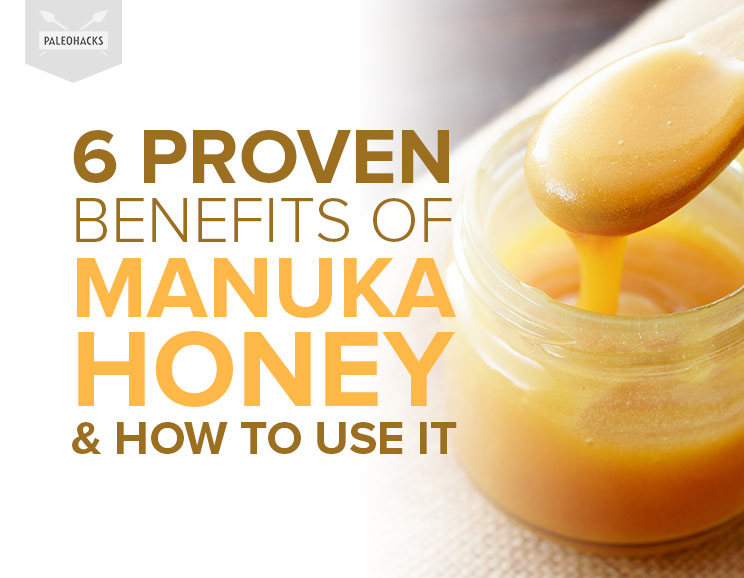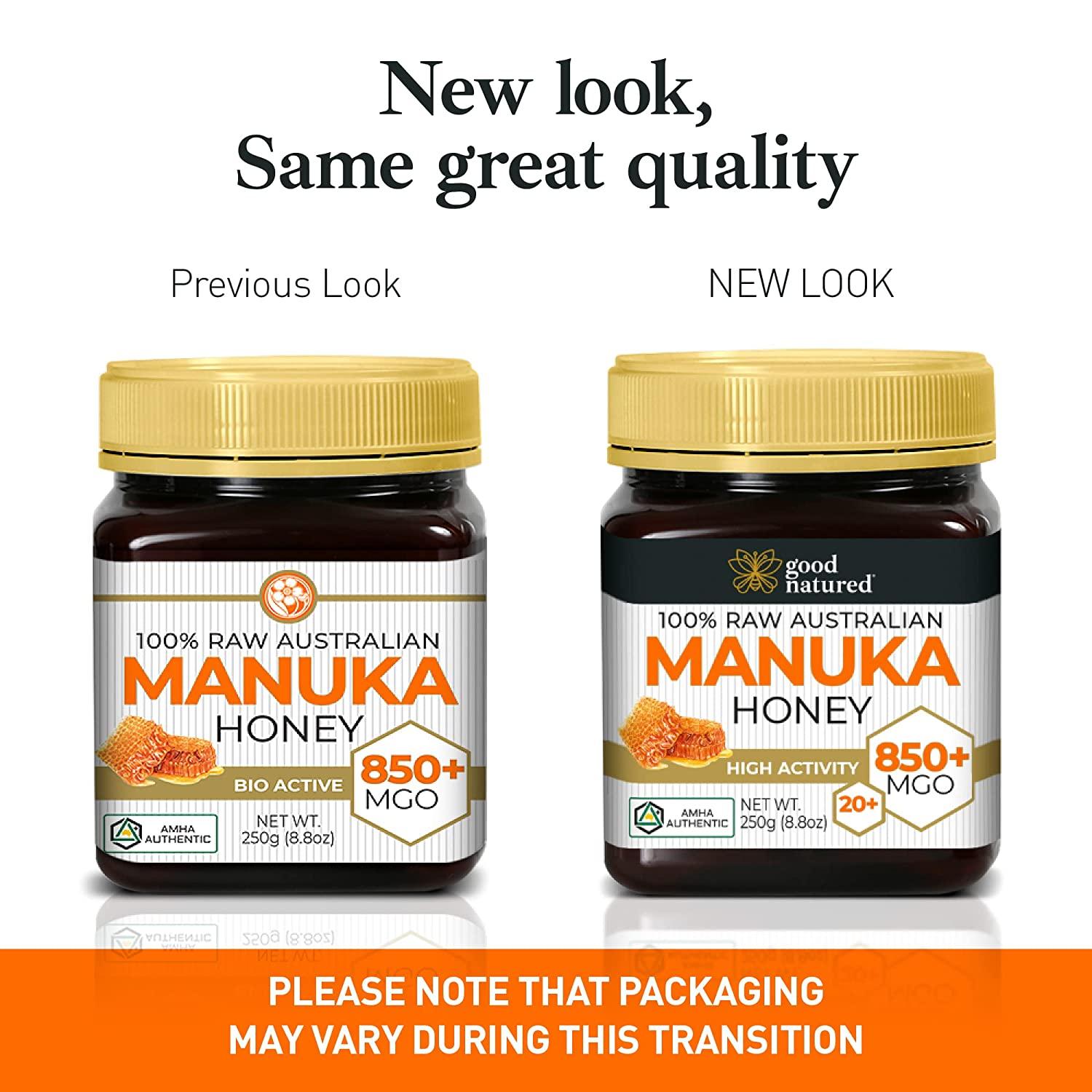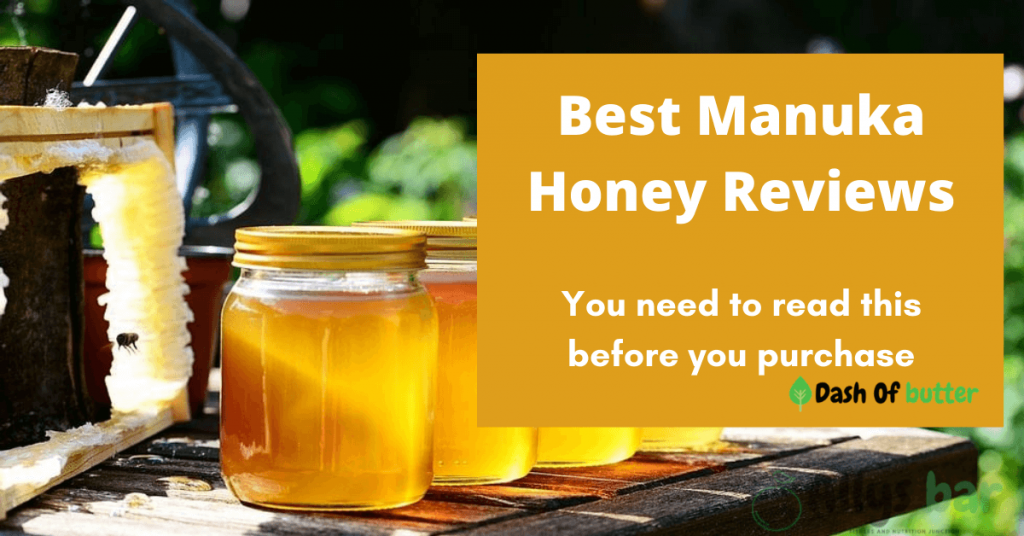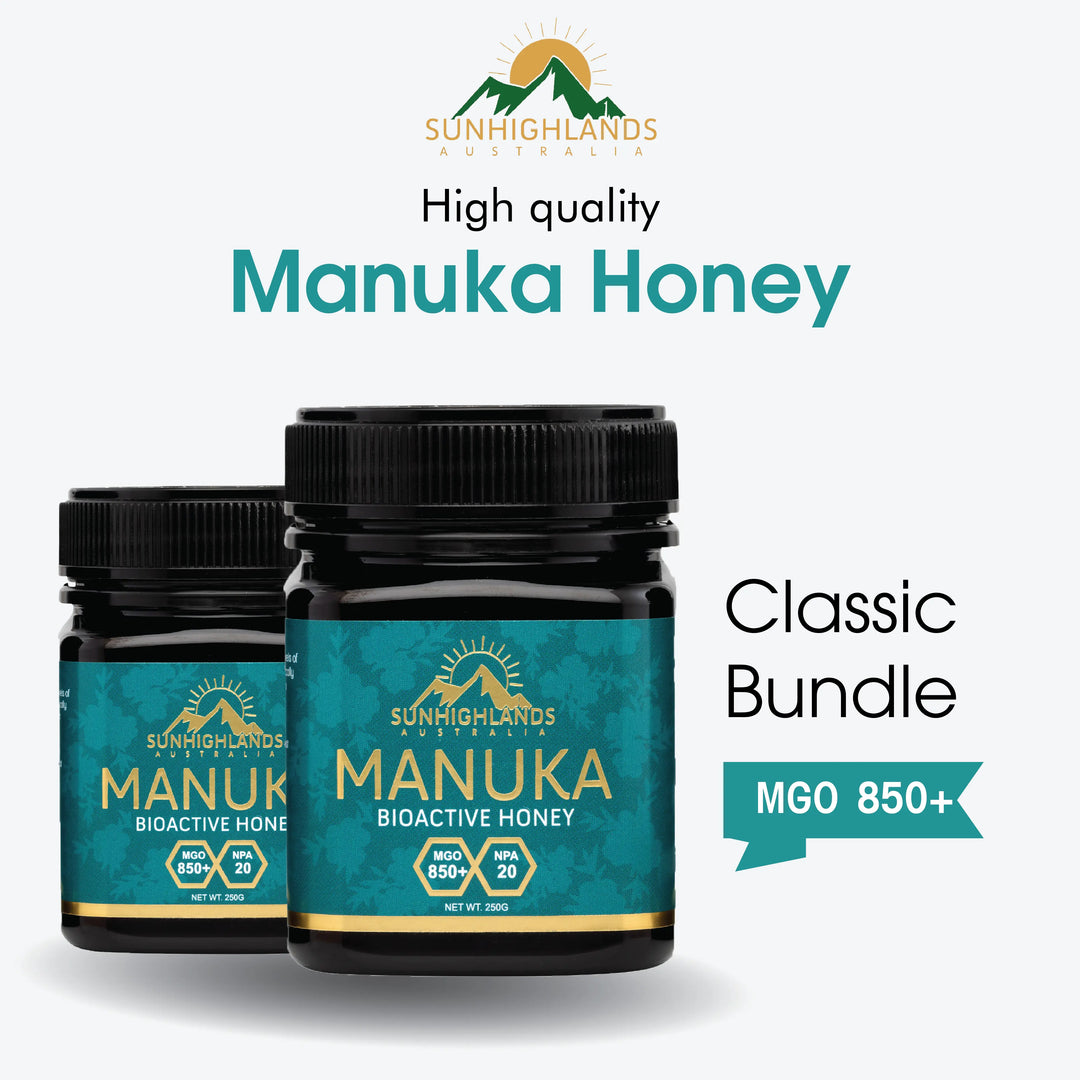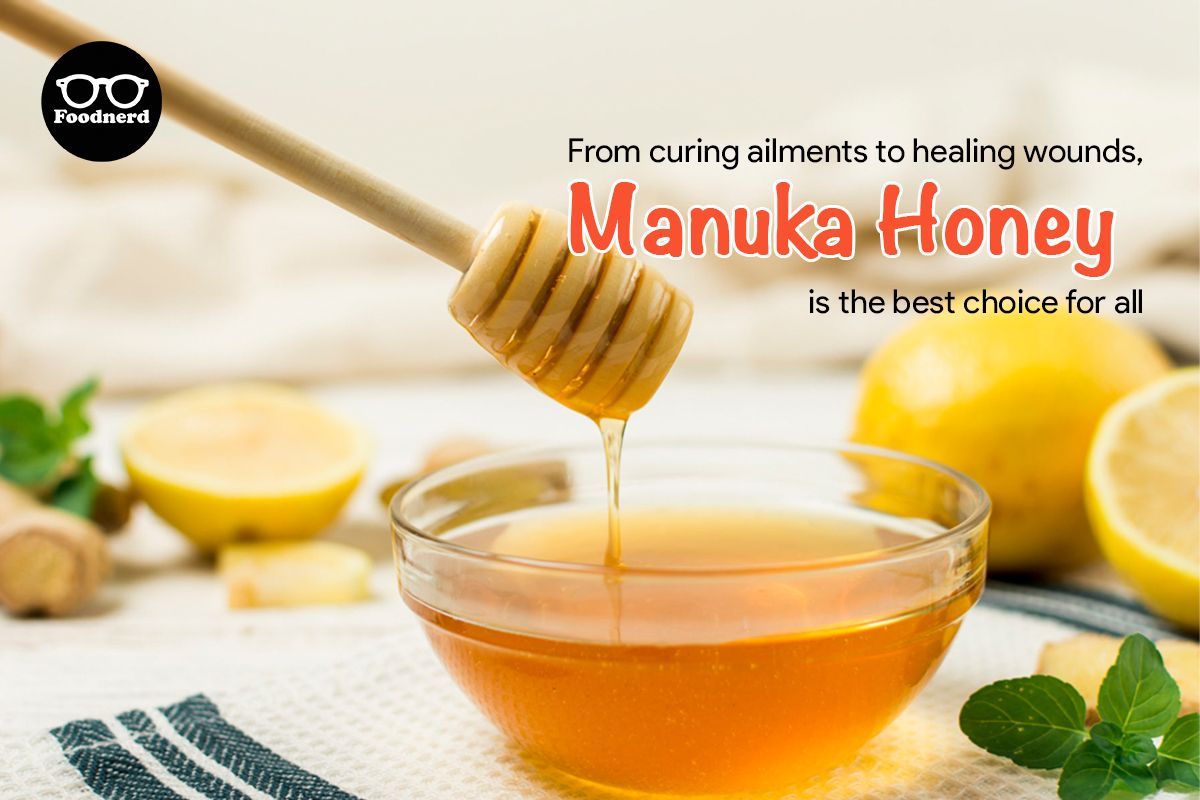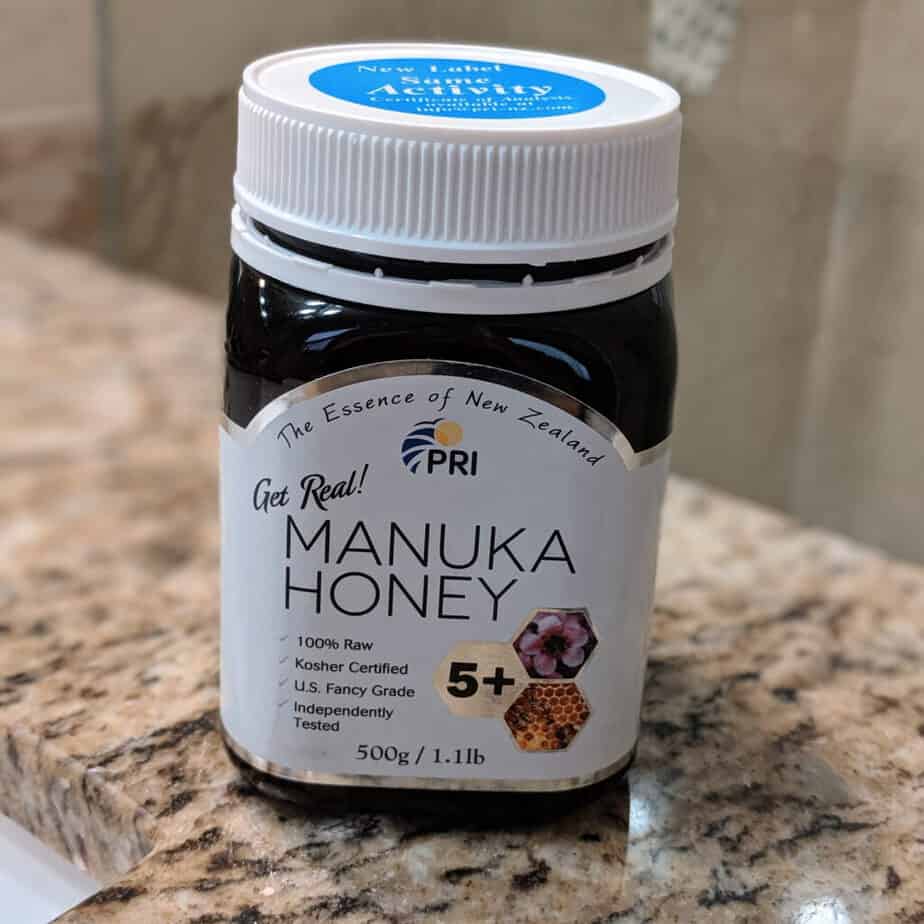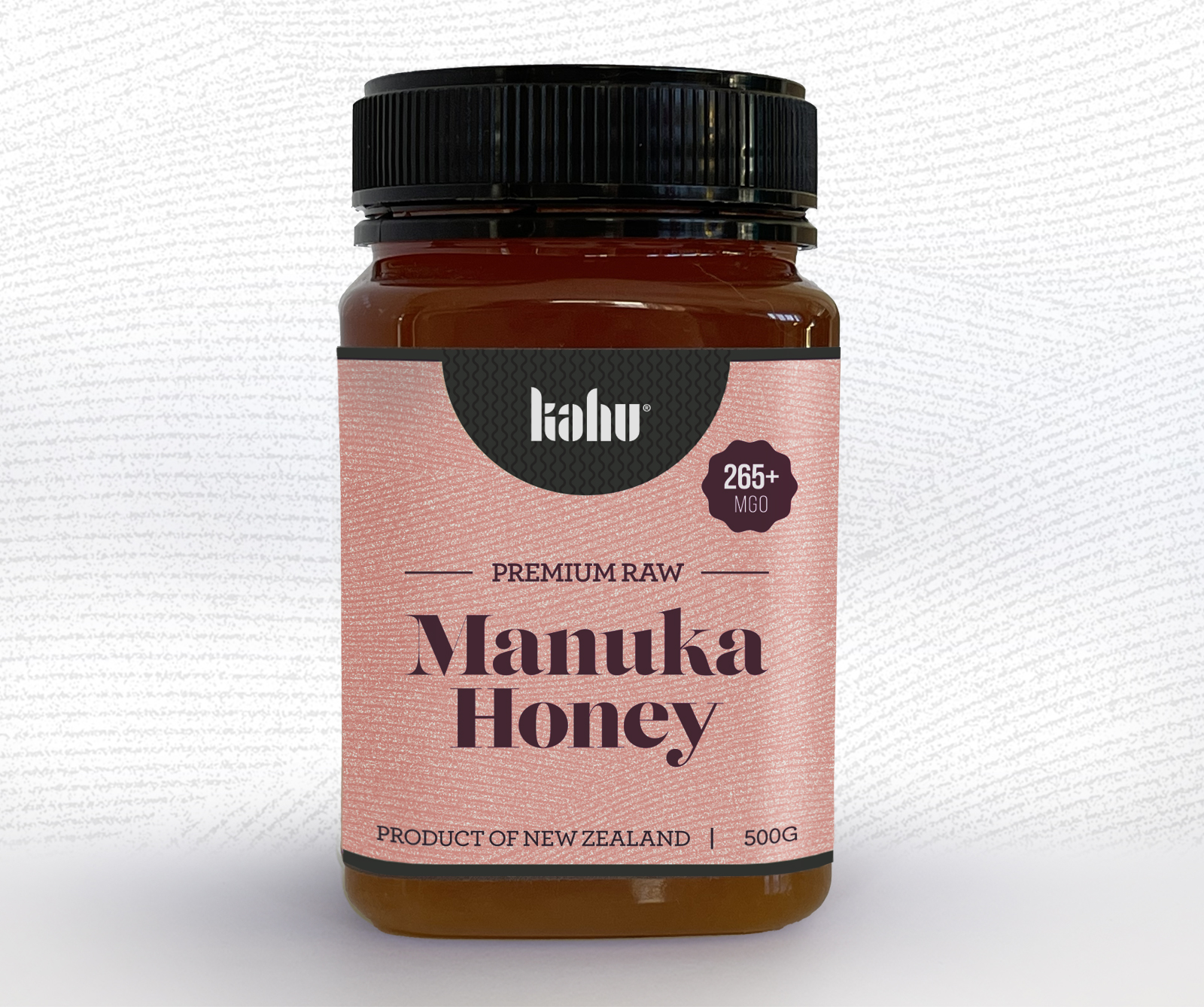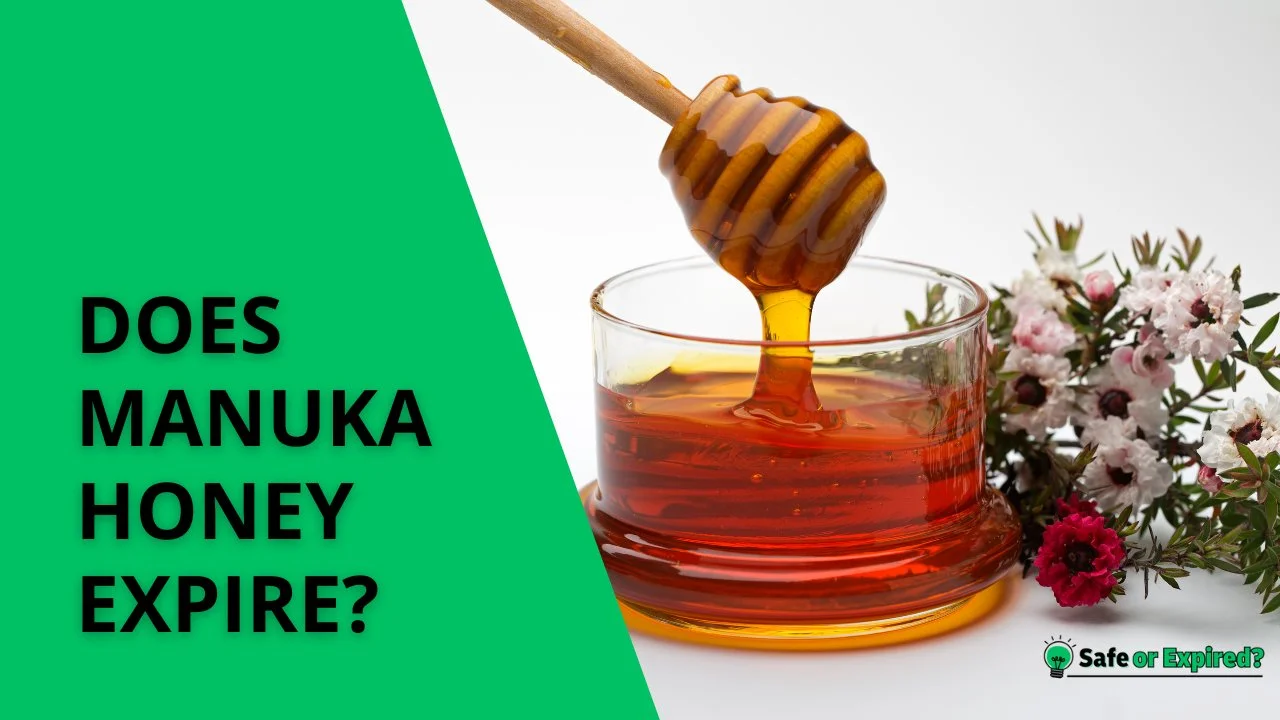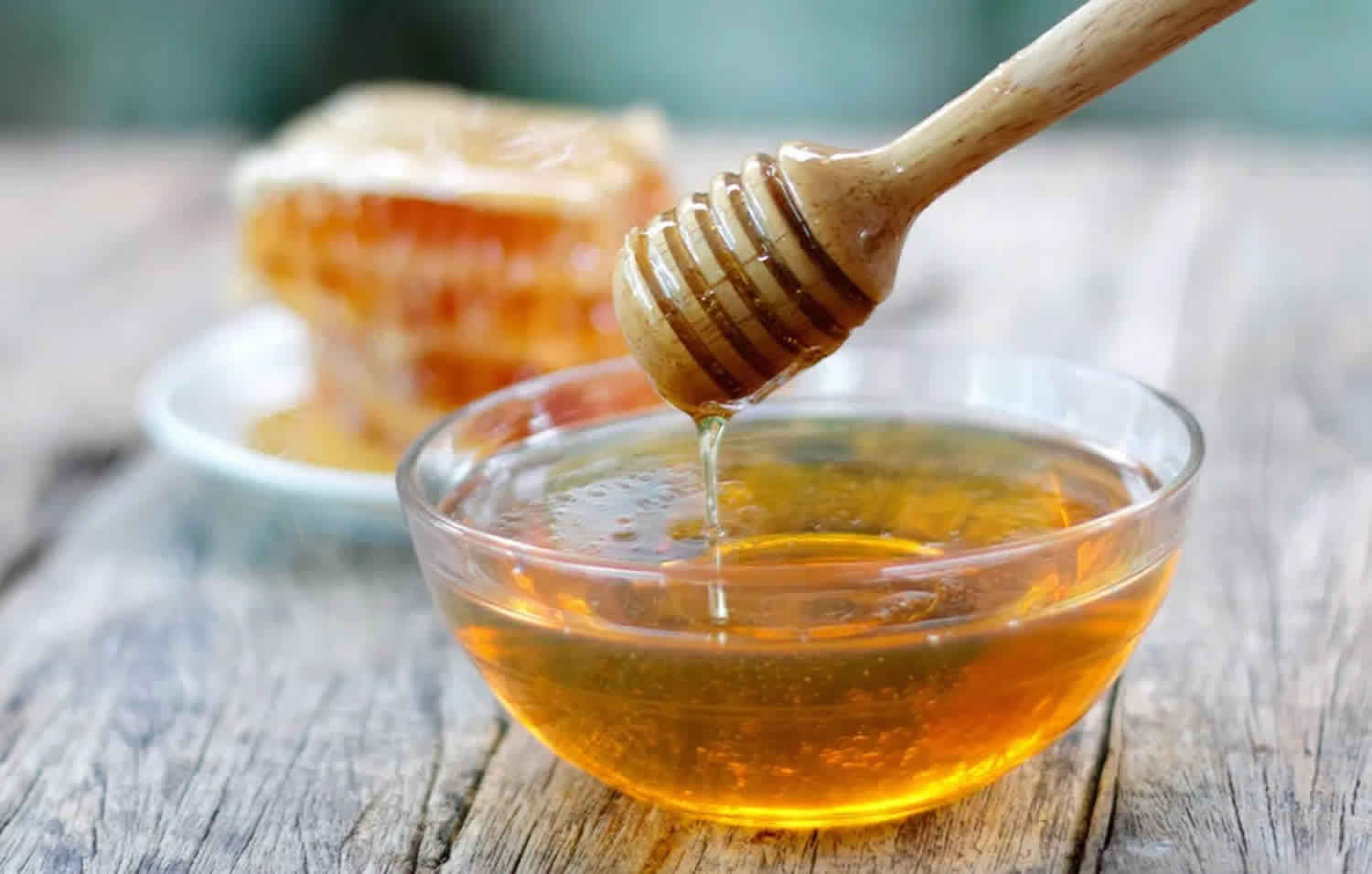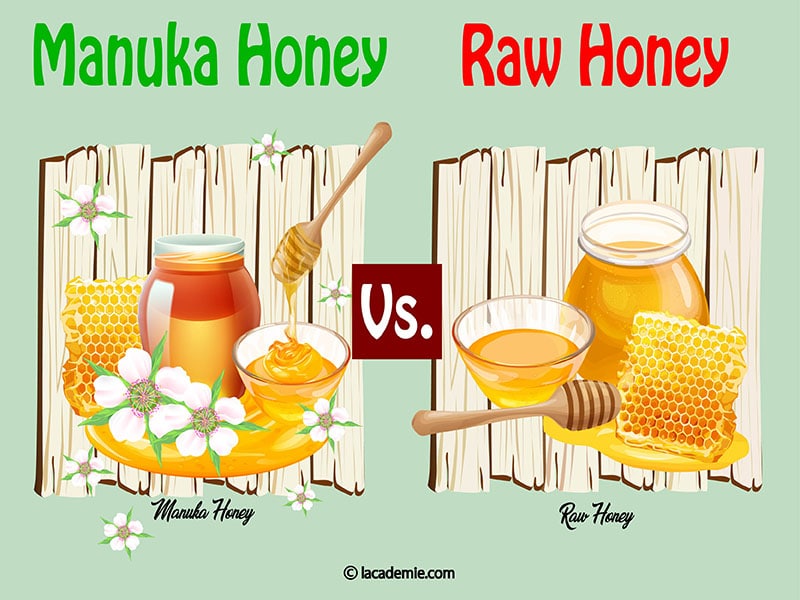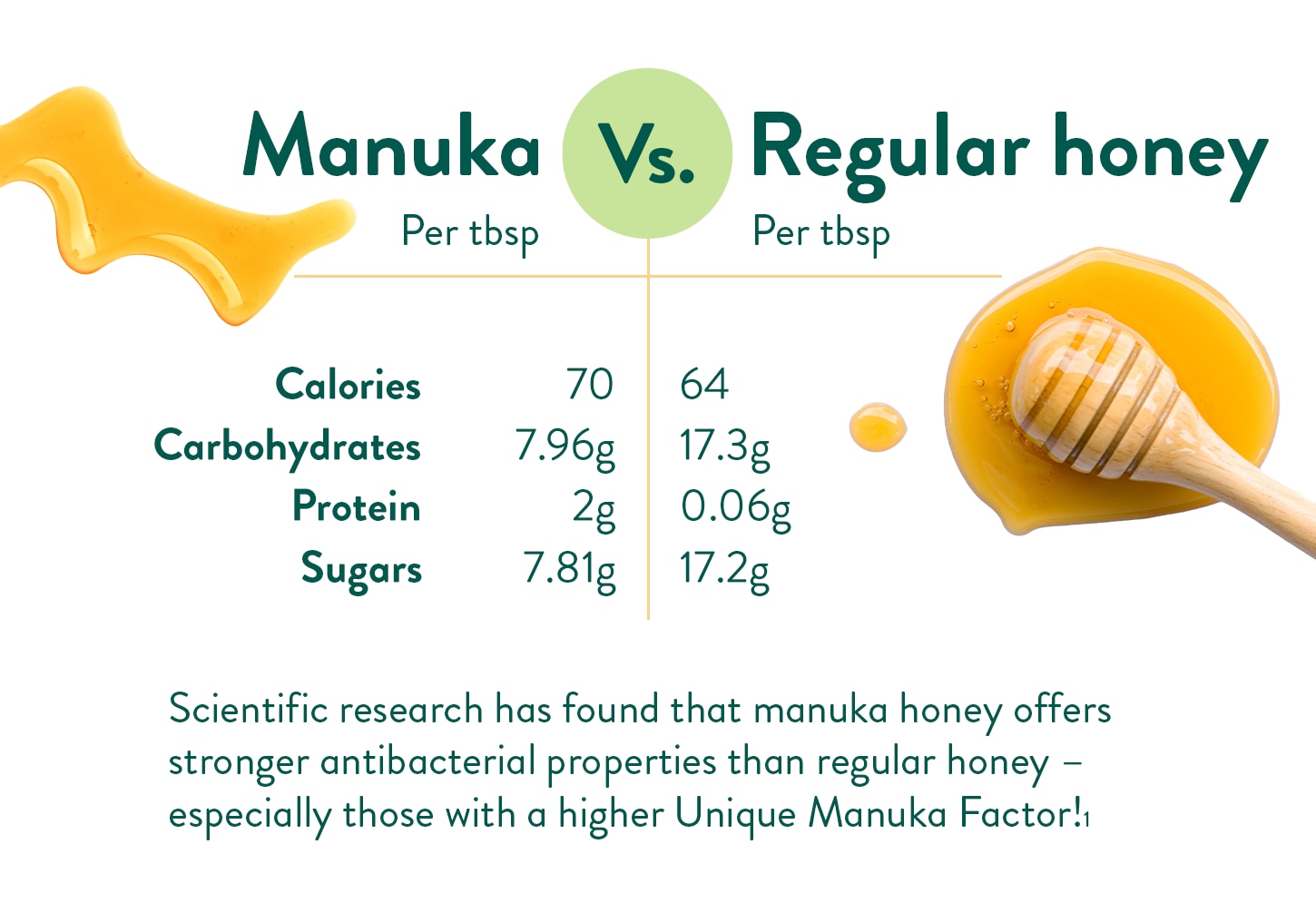How Do You Get Manuka Honey
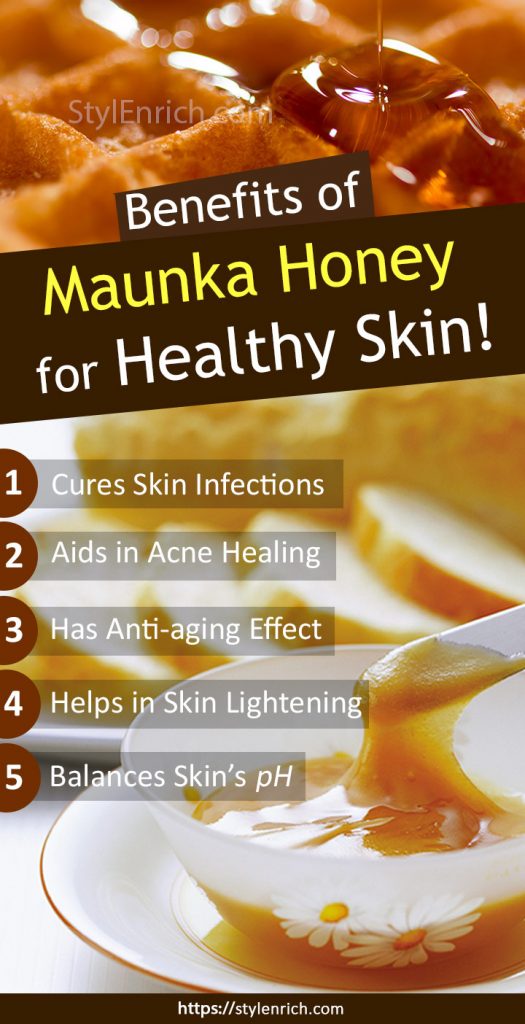
Demand for Manuka honey is soaring, but understanding its unique origins is crucial for consumers seeking the real deal. This prized honey isn't just any sweetener; its potent antibacterial properties, attributed to methylglyoxal (MGO), stem from the Leptospermum scoparium tree, native to New Zealand and parts of Australia.
Genuine Manuka honey is directly linked to these specific regions and the practices employed to harvest it. It's essential to grasp the production process, from the hive to the jar, to ensure authenticity and avoid counterfeit products increasingly flooding the market.
The Manuka Source: New Zealand and Australia
Leptospermum scoparium, commonly known as the Manuka tree, is the sole source of nectar for genuine Manuka honey. These trees thrive in the wild, often remote, landscapes of New Zealand and southeastern Australia. The geographical specificity is the first, and perhaps most important, factor in determining true Manuka honey.
The majority of Manuka honey production is concentrated in New Zealand, where stringent regulations and monitoring systems are in place. Australia also produces Manuka honey, often bearing distinct regional characteristics influenced by climate and other flora.
Beekeeping Practices: A Crucial Element
Careful beekeeping practices are integral to the quality and purity of Manuka honey. Beekeepers strategically place hives in areas where Manuka trees are abundant during the flowering season, which typically lasts only a few weeks.
This targeted placement minimizes the bees' access to other nectar sources, ensuring a high concentration of Leptospermum nectar in the honey. Controlling the bees' diet during this period is a key factor.
Ethical beekeeping is essential. Beekeepers must ensure the health and well-being of their colonies throughout the year. This includes protecting the bees from diseases and ensuring adequate food supply outside of the Manuka flowering season.
Extraction and Processing: Preserving Potency
The extraction process is carefully controlled to preserve the unique properties of Manuka honey. Honey is typically extracted using centrifugal force, minimizing heat exposure, which can degrade MGO and other beneficial compounds.
Following extraction, the honey undergoes minimal processing. This may involve filtering to remove debris and straining to ensure consistent texture. Over-processing can diminish the honey's natural qualities.
Producers will often pasteurize the honey to destroy any yeast present. Pasteurization destroys some of the honey’s natural goodness but prevents fermentation.
Testing and Certification: Verifying Authenticity
Rigorous testing and certification processes are paramount in guaranteeing the authenticity of Manuka honey. The most widely recognized standard is the Unique Manuka Factor (UMF), a grading system developed by the Unique Manuka Factor Honey Association (UMFHA) in New Zealand.
The UMF grading system assesses key markers, including MGO, leptosperin, and dihydroxyacetone (DHA), to determine the honey's purity and potency. A higher UMF rating indicates a higher concentration of these beneficial compounds.
In addition to UMF, other testing methods are used to verify the presence and concentration of MGO. Independent laboratories play a crucial role in conducting these tests and providing accurate results.
Labeling and Traceability: Identifying Genuine Products
Proper labeling is essential for consumers to identify genuine Manuka honey. Labels should clearly state the UMF rating (if applicable) and the MGO content. The origin of the honey (New Zealand or Australia) should also be prominently displayed.
Traceability systems are increasingly being implemented to track Manuka honey from the hive to the shelf. These systems allow consumers to verify the origin and authenticity of the product through batch numbers and online databases.
Always check the label of the product you are about to purchase and ensure it is safe for consumption.
Navigating the Market: Avoiding Counterfeit Products
The high demand and premium price of Manuka honey have led to a surge in counterfeit products. Consumers must be vigilant in identifying and avoiding these fraudulent products. Look for certifications like UMF.
Purchase Manuka honey from reputable retailers and brands with established traceability systems. Be wary of products with excessively low prices or unclear labeling.
Research brands before making a purchase. Consult independent reviews and third-party testing reports to assess product quality and authenticity.
Next Steps: Consumer Awareness and Industry Oversight
Ongoing efforts are needed to increase consumer awareness about the unique qualities and authenticity markers of Manuka honey. Education campaigns can empower consumers to make informed purchasing decisions.
Strengthened industry oversight and stricter regulations are essential to combat counterfeiting and protect the integrity of the Manuka honey market. Collaboration between producers, regulators, and consumers is crucial in ensuring the long-term sustainability of the industry.
Stay informed about ongoing developments in testing methodologies and certification standards. Support organizations committed to protecting the authenticity and quality of Manuka honey.
